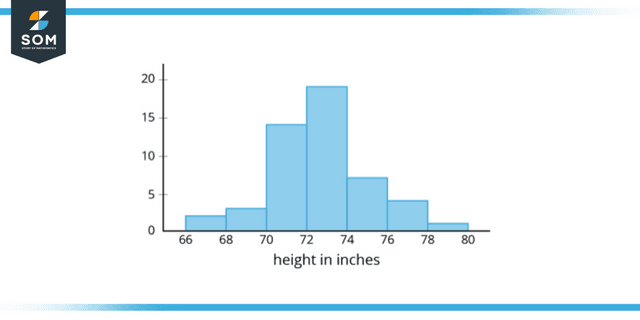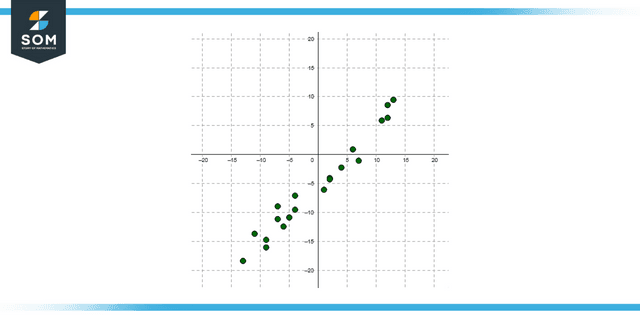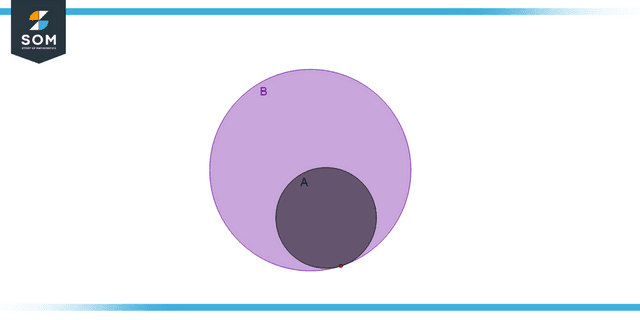JUMP TO TOPIC
Census|Definition & Meaning
Definition
Collecting, gathering, analyzing, evaluating, publishing, and distributing statistical data about the population and housing stock, as well as their geographic location, are all part of the census process. Data on the population’s demographic, social, and economic features are presented at a specified time and date (reference period).
Methods
Population censuses often employ one of two methods:
De Facto: In a de facto census, people are counted based on their location at the time of the count rather than where they live.
De Jure: De jure refers to a census that counts people based on their legal residence rather than where they happen to be physically located on census day.

Figure 1: Demonstration of census with population height
Modern Census
Modern censuses are generally prepared and executed with the use of comprehensive maps because they refer to carefully demarcated territory and subareas. They intend to count every resident of the area. People in a “de jure” census are counted at their “legal” abode, but in a “de facto” census, they are counted at the location where they are actually present, which is typically where they are staying on the night of the census. In either case, the population density is estimated based on where individuals go to bed (nighttime population) rather than where they spend their days (daytime population). This is why core cities typically have much smaller populations than the number of people who work there, whereas suburbs have much larger populations than the number of people who work there.
Objective of Census
The Census is unique among data collection tools because it provides a complete picture of a society at a specific time, encompassing the many ongoing changes there. A society’s demographic, sociological, and economic features can all be compared and projected using the Census as a reliable data source.
The primary purpose of a population and housing census is to gather and disseminate fundamental statistics, such as the ages, sexes, relationships to the household head, and other factors, such as education and occupation, at a given time.
We list some of the reasons a full-scale census is especially helpful compared to other methods of statistical sampling below, along with the various applications of the data below.
- Provides comprehensive and extensive information on the entire population, including demographic, social, and economic aspects at the granular administrative or regional level, as well as population growth rates, age and gender composition, and educational features.
- It offers the information needed to assess a country’s population’s status between censuses and track demographic, social, and economic changes across the country during that time.
- Eliminates the inaccuracies introduced by estimations by providing complex information on the expatriate population’s size, location, and composition in a country, particularly the migrant labor force. It provides data on which population and labor force forecasts can be based. It’s useful for researchers because it supplies data on various social phenomena.

Figure 2: Census accuracy shown on scatter plot
- Aids in creating, maintaining, and assessing plans for delivering services essential to the well-being of a country’s people, which requires collecting baseline information from all relevant fields (such as education, health, population, and so on).
- Aids in laying the groundwork for future field research by providing the essential frameworks for obtaining samples.
- Provides indicators on house conditions and the extent to which they are connected to public services. This data on housing units and their facilities and characteristics related to living circumstances is needed to create a clearly defined housing strategy to ensure prosperity for inhabitants.
- Helps furnish a complete and up-to-date structure for dwellings, homes, and families across all levels of government. This structure is essential for designing and utilizing samples for numerous household surveys. This will benefit post-census population estimates and the precision with which phenomena like fertility, mortality, and migration can be measured.
- Provides information on the characteristics and occupancy levels of public and private buildings; necessary to define future needs.
- Identifies the circumstances of economic and social enterprises in public and private sectors regarding the legal status, economic activity and worker size by gender and nationality.
Future Development
The demographic, social, and economic aspects of the population and housing stock are all captured in the Census and are invaluable for planning on all scales.
Predict the size of the population, its future change, and the characteristics of its dwellings. Changes in population and housing composition, access to essentials, underserved regions, and other national concerns can all be gleaned from the census data.
The Census is considered the primary source of information linked to the labor force and its characteristics, other factors related to education and training, both existing and predicted levels, and national policies required in this field.
Data about these communities help craft policies and initiatives that advance their well-being.
Scientific Study
Census data provides a rich supply of information for carrying out demographic, social, and economic surveys. The Census gives complex data and facts on which to base economic decisions and businesses while providing a foundation for further economic surveys (such as the annual economic surveys tied to the national accounts estimates).
Examples of Census
Example 1
Differentiate between census and sample?
Solution
Census is collecting data from the entire area, population, or sample space. Whereas the sample is the subset of the census, as shown below:

Figure 3: Census representation in Venn Diagram (A is the subset of B)
Here, A is the subset of B. B is the census, so it could be the entire population of a country; whereas A could be the people of a certain region within the country (such as province-wise census).
Example 2
The recent census showed that there is about 850 million people in the US, out of which 340 million are males and 510 million are females. Find the probability of males living in the US.
Solution
P (M) = (No. of Males in the US)/(No. of Total Population)
= (340 Million)/(850 Million)
= 0.40
0.40 is the probability of the males living in the US; whereas, 0.60 is the probability of the females, combining both forms a census. The entire population have a census probability of a unity; 0.40 of males and 0.60 of females. Individually, males’ and females’ probability is called a samples as it doesn’t account for the entire population.
All images/graphs are created using GeoGebra.
